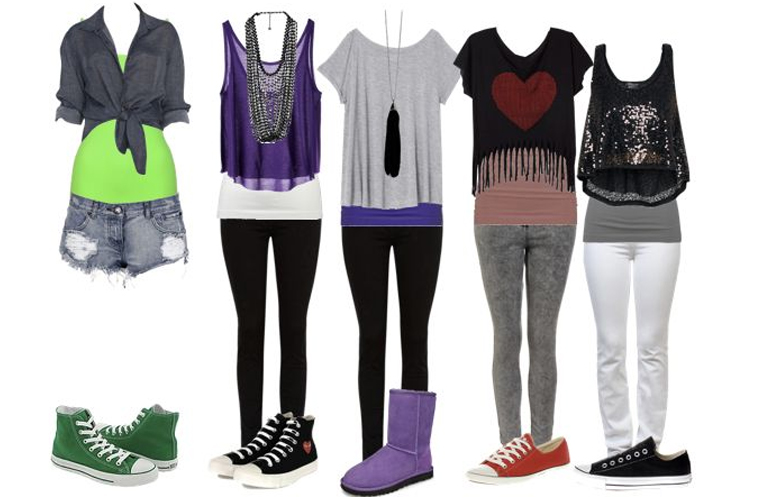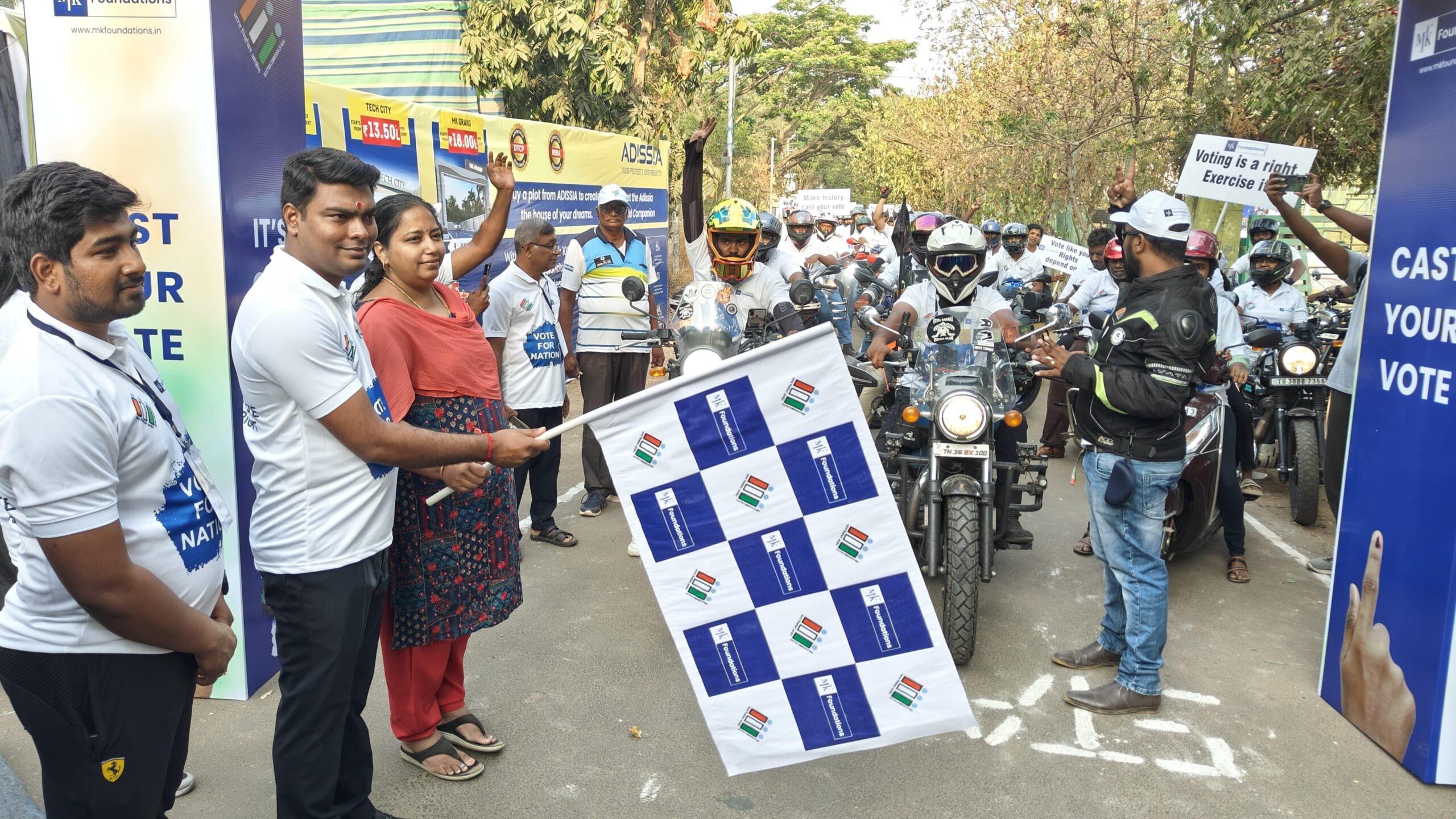Trending Now
- IPL 2024 begins with a bang. First contest between CSK and RCB.
- Election commission allots mike symbol to Naam Thamizhar Katchi
- AIADMK promises to urge for AIIMS in Coimbatore, in its election manifesto.
- Ponmudi becomes higher education minister.
Columns
Uncovering obsession through attires
![]() July 18, 2017
July 18, 2017
Why do we wear clothes was a social science question in our primary classes. The answer – we need clothes to cover and protect us from heat, rain and cold – does not ever leave our minds.
Ever since the exile of mankind from Paradise, humans developed the feeling of heat, cold and senses, which made them feel ashamed of their bare body and discover something to cover them. Hence primeval humans resorted to leaves, hides and later on invented fabrics from natural to synthetic.
As per Indian astrology, a girl’s destiny is decided by the clothes she wears when she attains puberty. Her happiness, nature, future, spouse, progeny, health, wealth, longevity etc are predicted with the clothes, hence astrologers probe for the colour, texture, and nature of the clothes the girl was wearing at that time, for calculating the puberty horoscope. If the girl was wearing damaged or torn old clothes she is supposed to suffer a lot in her future.
Hence ancestors have insisted girls who are on the verge of puberty wear neat, clean, well-maintained clothes to lead a happy, healthy, wealthy and prosperous life. A clean white silk attire indicates a prosperous future for the girl in every aspect. Similarly, in India new white silk clothes are administered for the newly wed couple on the first day of their married life to ensure marital bliss, happiness, harmony, progeny, health, wealth, longevity and all-round prosperity.
Everyone is a beggar in front of God in some aspect. Some beg for life, some for love, fame, power, riches, beauty while some for alms. Those deprived of even a meal or clothes to protect their self-respect plead to humans for alms and are termed “beggars” by us.
But today’s trending attires, the beggar denims, deep hole beggar jeans, beggar hole casual pants and hooded beggar jackets, that caught my sight at a fashion store yesterday at the mall left me puzzled. OMG!
What rags people wear in the name of fashionable outfits. When the rich wear rags, they donate “outdated proper clothes” to the needy, so called “beggars”. So today’s plight is “The rich wear beggars’ clothes and the so-called beggars dress up like rich”. Doesn’t it show of the unconscious state of human mind flooded with weird thoughts?
Ishwar Chandra Vidyasagar, the great Indian philosopher, academic educator, writer, translator, printer, publisher, entrepreneur, reformer and philanthropist while in Calcutta, was refused entry to a party by the gatekeeper owing to his usual costume of cotton dhoti-kurta handwoven by his mother. So he returned in a tonga wearing a rich suit and was immediately permitted inside with a formal greeting. At the party he kept on talking to his clothes to be at ease and finish off the food. When probed he replied that “It was his clothes that were permitted inside and not him. So only they are entitled to the feast”. On hearing this everyone felt ashamed and the gatekeeper apologised.
Such is the importance given to `what we wear’ ever since the ancient times. But in this Internet era it is really disgusting if we wear such normal proper clothing. In fact I felt little embarrassed when a vicenarian in her `ripped beggar jeans’ came out of the store purchasing the beggar costumes and looked down upon me, scanning me for wearing a saree with kumkum and jasmine, in my cent per cent traditional costume and must have thought me outdated.
If it had been a real beggar in rags would they have been permitted him or her inside the mall remains a doubt. Though the argument continues that when women in sarees can expose their hips and neckline, why can’t those in mod outfits expose their legs or any other part, the concept of wearing `torn clothes’ still remains a puzzle.
But all my mind could perceive was that just like how the leftover vadas and kurma turned into a main dish called `vadacurry’, the previous day’s leftover rice turned into “akkiroti”, old sweets became stuffing of “makhmal poori”, the damaged clothing from manufacturing units when given a try to be sold as fashionable outfits must have hit the trending markets, thereby earning them huge profits for even torn clothes. Whatever be the reason or season, as a mother of two, it is still hard for me to digest children wearing torn rags in the name of fashion while parents wear rich clothes.
Disclaimer: The views expressed above are the author’s own.
(The author of the column is Uma Ram, freelance writer from Coimbatore)






















